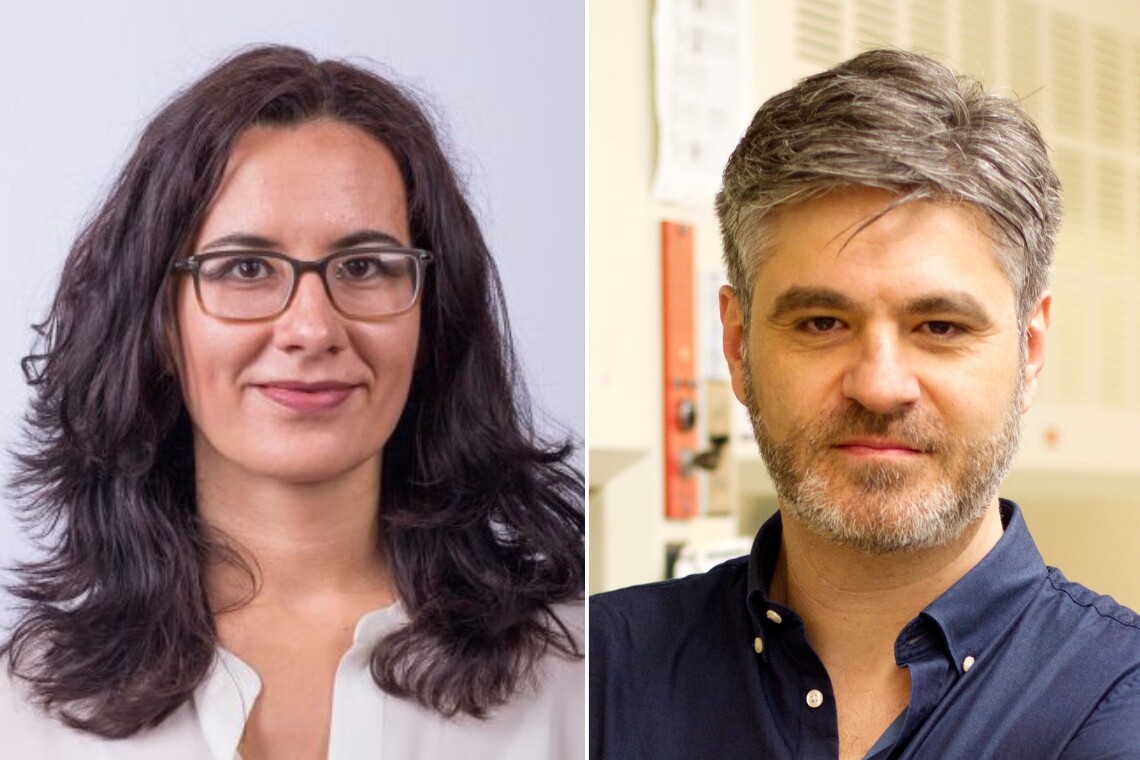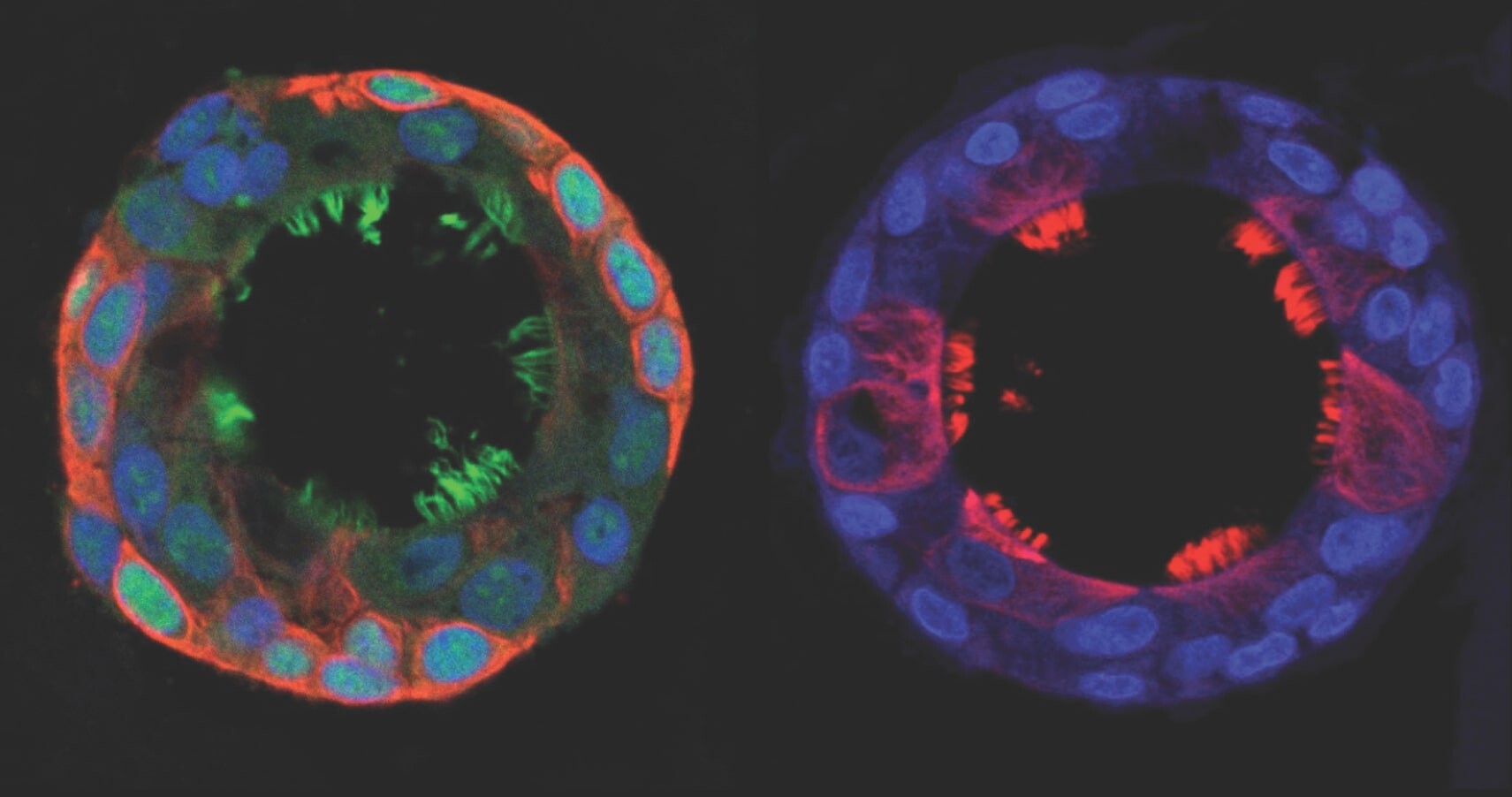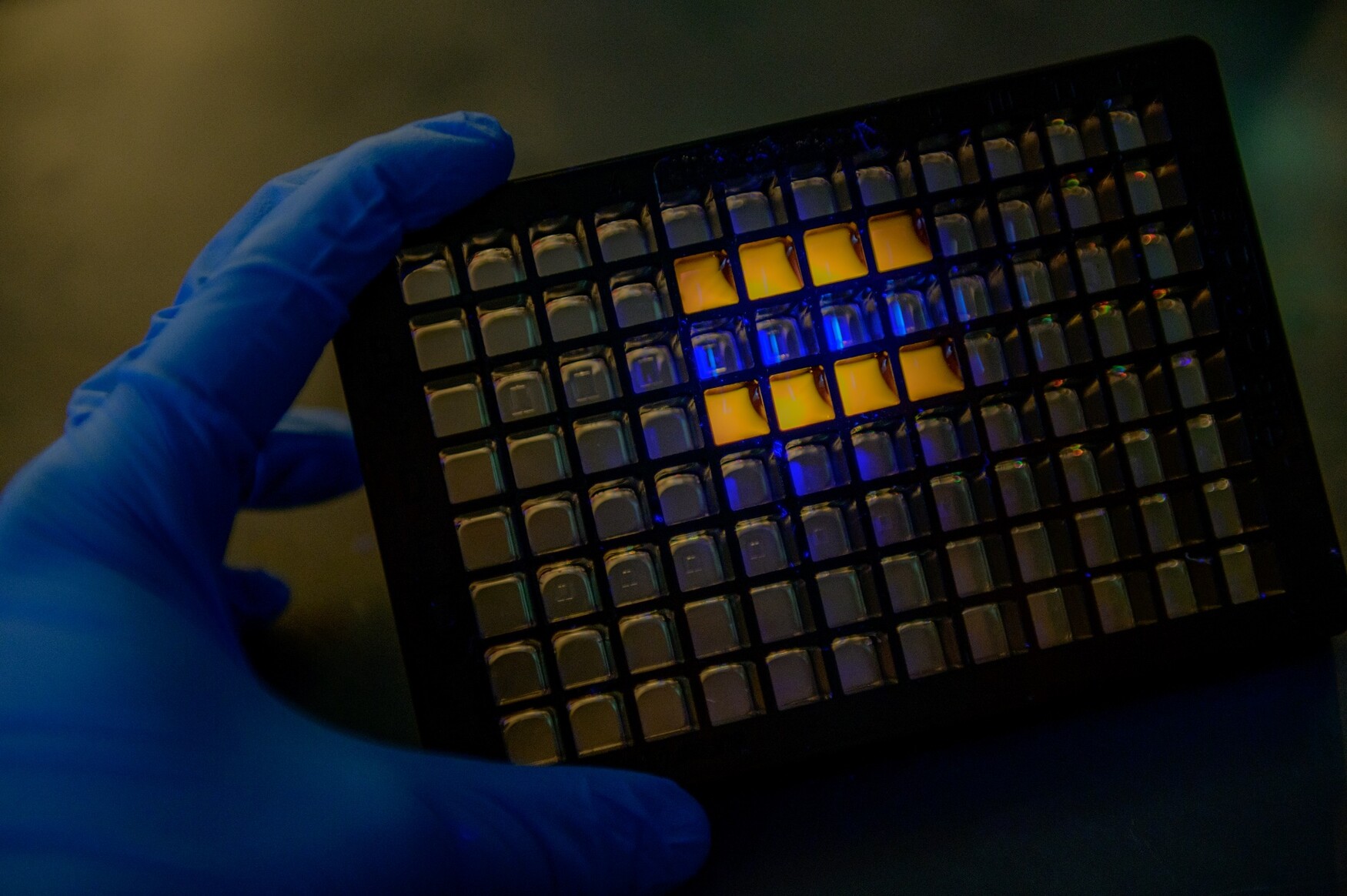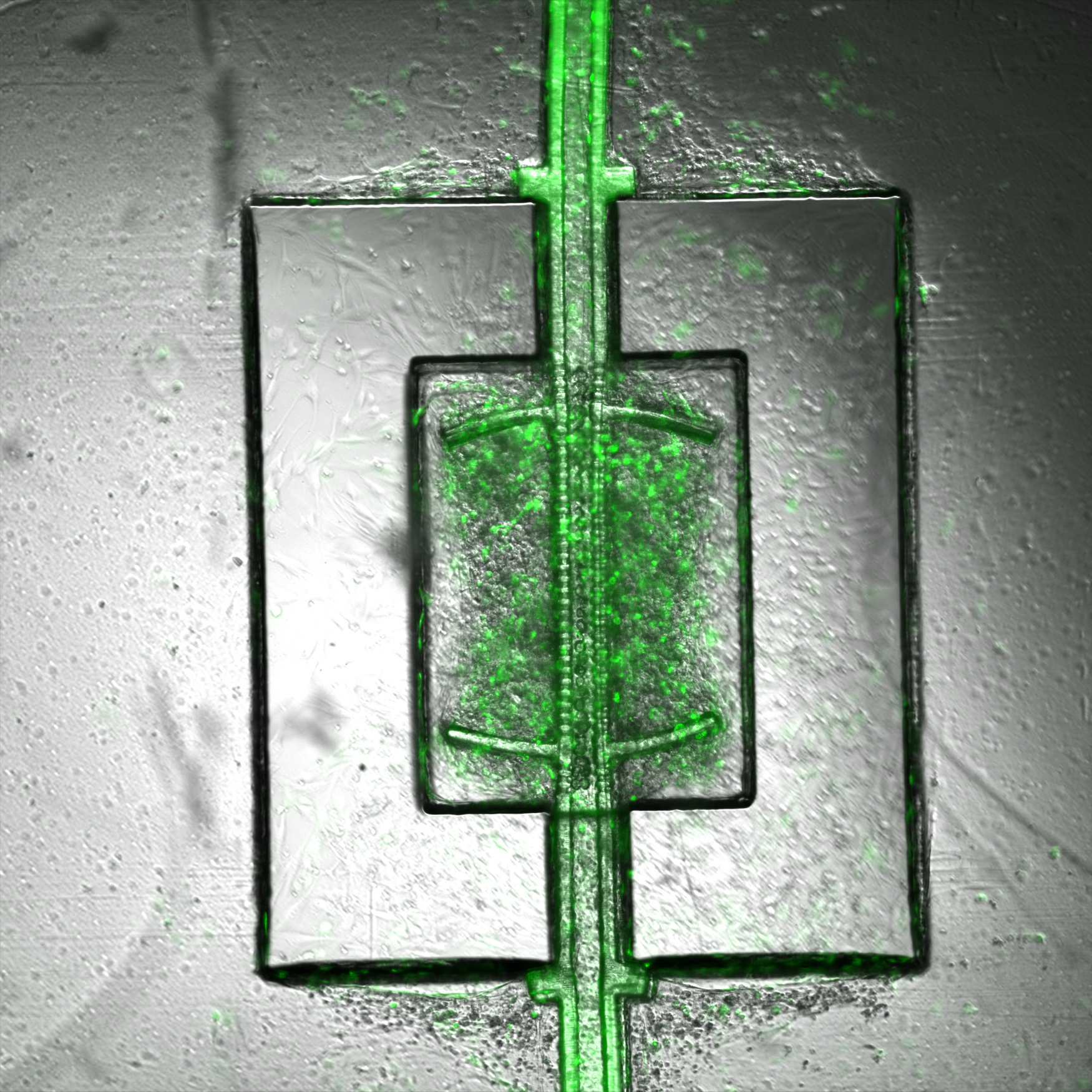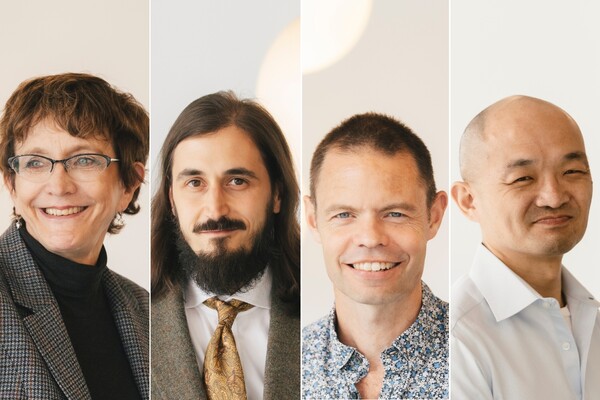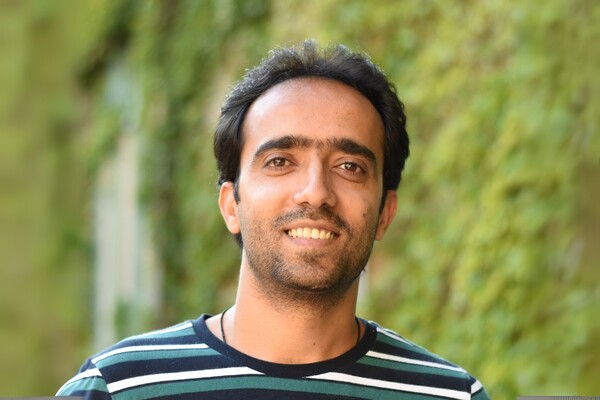Aug 4, 2023
Four faculty members at the Donnelly Centre for Cellular and Biomolecular Research have successfully secured funding through the Spring 2023 competition of the Canadian Institutes of Health Research Project Grant program. The program supports researchers across Canada whose projects have the greatest potential, according to international standards of scientific excellence, for making advancements in health. Collectively, Brenda Andrews, Artem Babaian, Andrew Fraser and Philip M. Kim received more than $3.5 M in funding for projects to be executed over the next 3-5 years.

